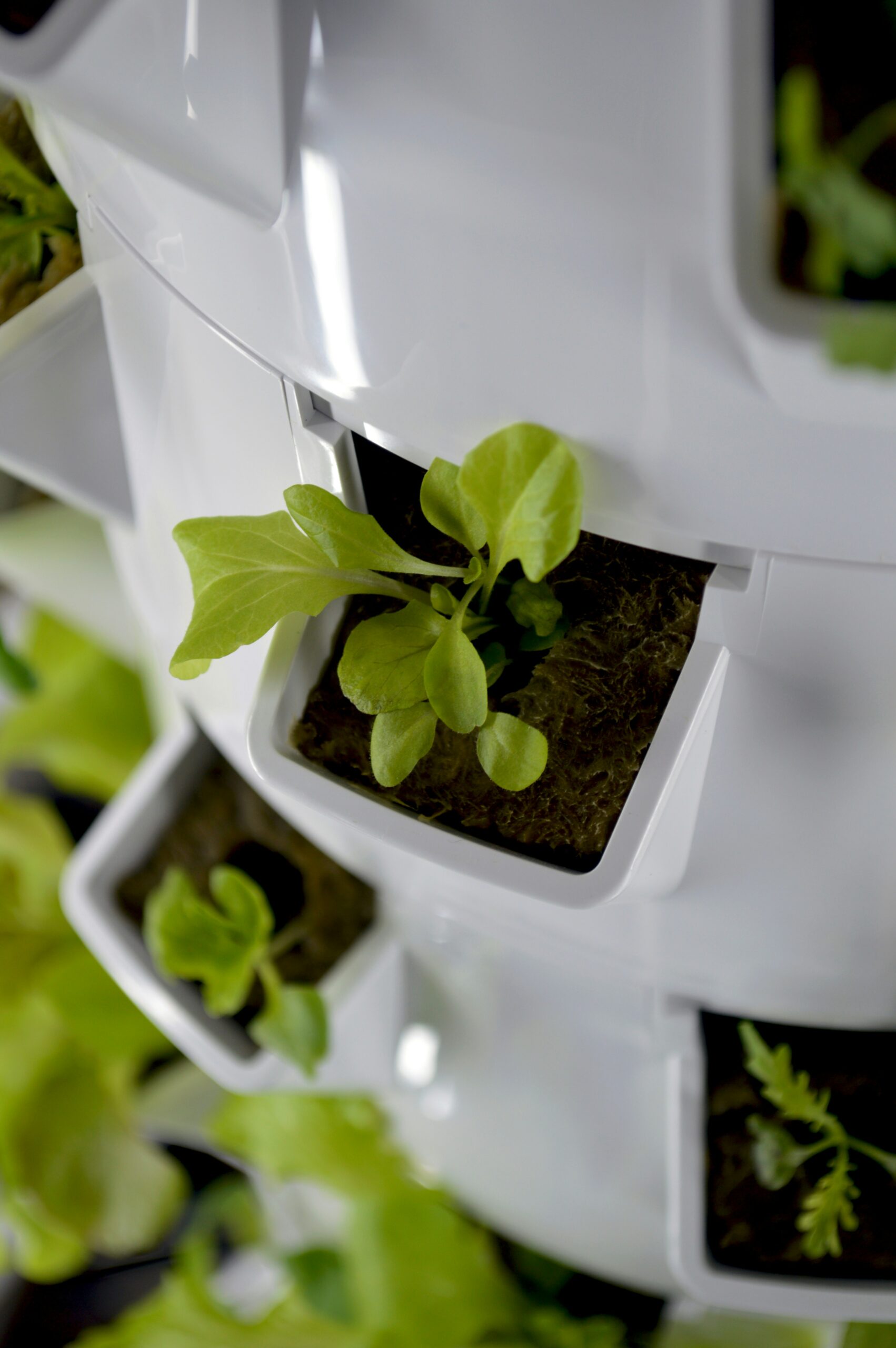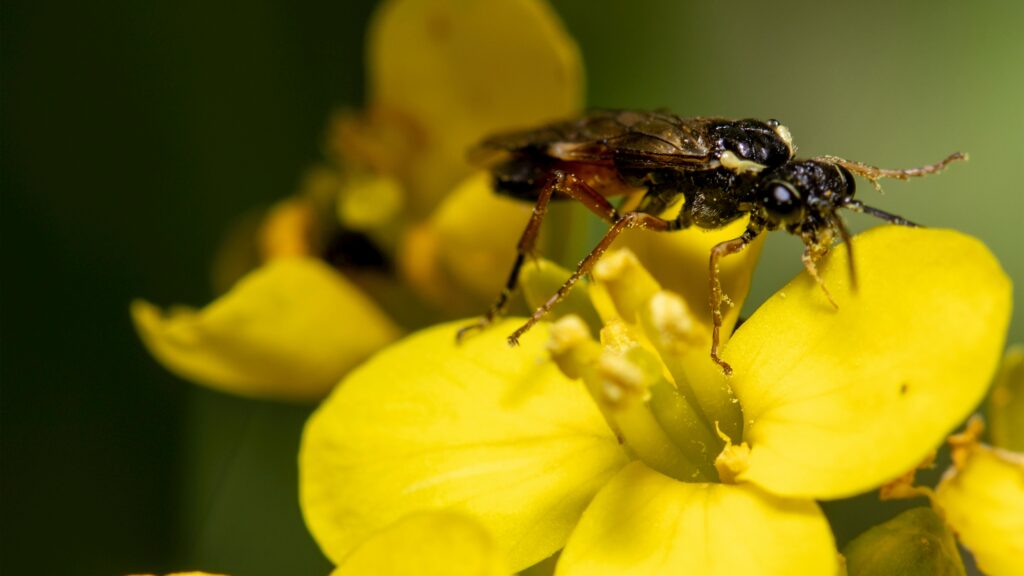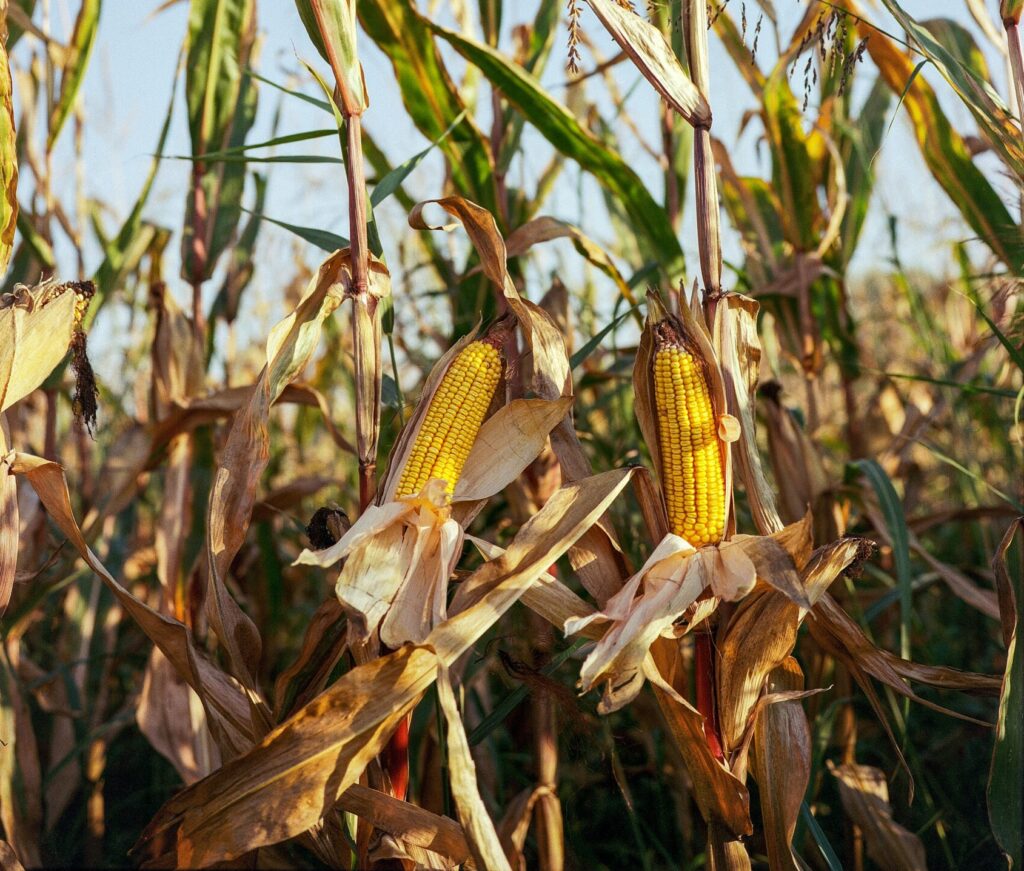Fertilizing indoor plants is an essential part of plant care, as it provides the necessary nutrients that might not be available in sufficient quantities in potting soil. Here’s a detailed guide on how and when to fertilize your indoor plants.
When to Fertilize
Active Growing Season (Spring and Summer): Most indoor plants enter their active growth phase in the spring and continue through summer. During this time, they need more nutrients to support new growth—whether that’s new leaves, stems, or flowers. Fertilize your plants every 2 to 4 weeks during this period. For fast-growing plants, you might increase the frequency slightly, while slower-growing plants might require less frequent fertilization.
Dormant or Slow-Growth Season (Fall and Winter): As the days shorten and temperatures drop, most indoor plants slow down their growth or enter dormancy. During this time, their nutrient needs decrease significantly. It’s best to reduce fertilization to once every 6 to 8 weeks or stop entirely. However, some plants, especially those that bloom in winter (like certain orchids or holiday cacti), may still require occasional feeding.
Newly Potted Plants: If you’ve recently repotted a plant, it’s best to wait about 4 to 6 weeks before fertilizing. Fresh potting mix often contains slow-release fertilizers, and additional feeding can lead to over-fertilization.
Newly Purchased Plants: Similar to repotted plants, newly purchased plants often come in nutrient-rich soil from the nursery. Wait a month or so before starting a regular fertilization routine.
How to Fertilize
Choosing the Right Fertilizer
Balanced Fertilizer: A balanced, water-soluble fertilizer (such as a 10-10-10 or 20-20-20 N-P-K ratio) is generally suitable for a wide variety of indoor plants. This provides equal parts of nitrogen (N), phosphorus (P), and potassium (K), which are essential for foliage growth, root development, and overall plant health.
Specialized Fertilizers: Some plants may benefit from specific fertilizers. For example, flowering plants often need higher phosphorus content (a higher middle number in the N-P-K ratio), while leafy green plants may prefer higher nitrogen content.
Application Method
Dilution: Always dilute the fertilizer according to the package instructions, usually mixing it with water. For most indoor plants, it’s safer to use a half-strength solution to avoid over-fertilization, which can burn the roots and cause leaf damage.
Watering Can: Use a watering can with a fine spout to apply the diluted fertilizer evenly over the soil. Ensure the soil is moist before fertilizing to prevent the nutrients from washing away too quickly.
Foliage Feeding: Some fertilizers can be applied as a foliar spray, especially for plants that absorb nutrients through their leaves. This can be done in addition to root feeding but should be done cautiously, as it can cause leaf burn if applied too heavily or in direct sunlight.
Signs of Over-Fertilization
Yellowing Leaves: One of the first signs of over-fertilization is the yellowing of leaves, particularly at the tips.
Brown Leaf Edges: Excess salts from fertilizer can accumulate in the soil, leading to brown, crispy leaf edges.
White Crust on Soil Surface: A buildup of fertilizer salts may appear as a white crust on the surface of the soil. This can also be a sign that it’s time to flush the soil with water to remove excess salts.
Flushing the Soil
When Needed: Occasionally, it’s a good idea to flush the soil with water to remove any excess salts or nutrients. This is particularly important if you notice signs of over-fertilization or if you’ve been fertilizing regularly for a long period.
How to Flush: Water the plant thoroughly until water runs out of the drainage holes, and repeat this a few times. This helps to wash away any accumulated salts in the soil.
Plant-Specific Considerations
Succulents and Cacti: These plants have lower nutrient requirements. Fertilize them sparingly, maybe only once or twice during the growing season, using a fertilizer specifically designed for cacti and succulents.
Flowering Plants: Plants that bloom, such as African violets or hibiscus, often benefit from a fertilizer higher in phosphorus to encourage blooming. Feed them during the blooming period for best results.
Foliage Plants: Plants like ferns and philodendrons, which are prized for their lush leaves, benefit from a higher nitrogen fertilizer to promote leafy growth.
By understanding the specific needs of your indoor plants and adjusting your fertilization routine accordingly, you can ensure they receive the right nutrients at the right time for healthy, vibrant growth.
















